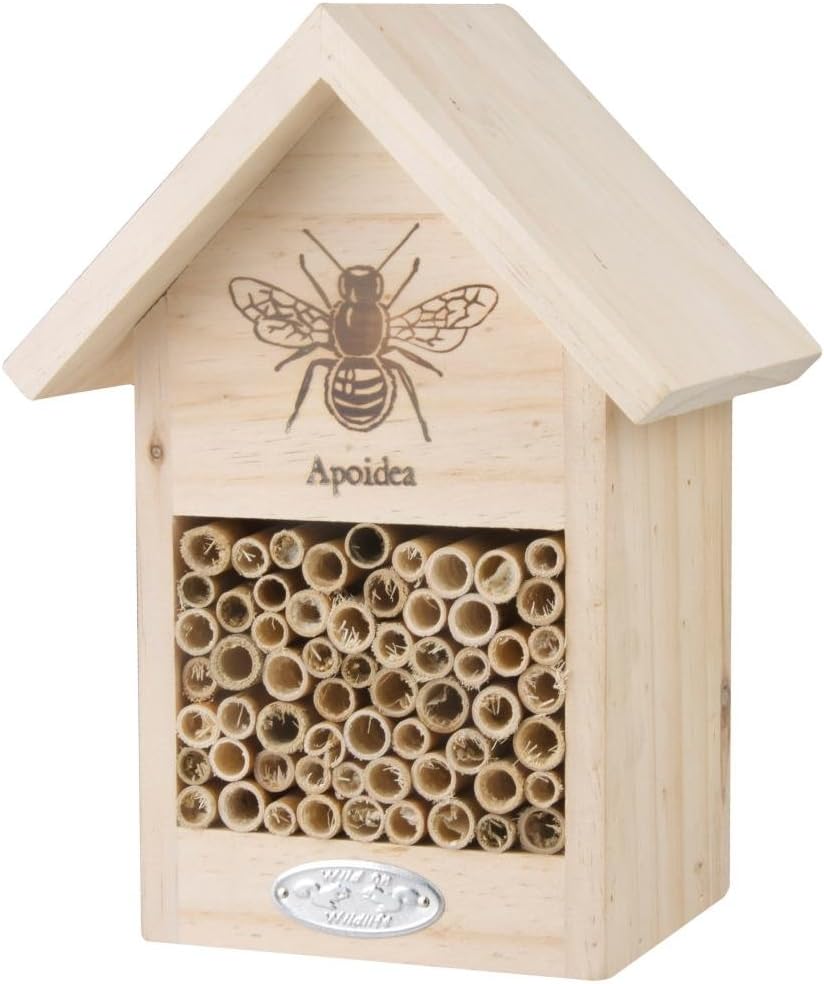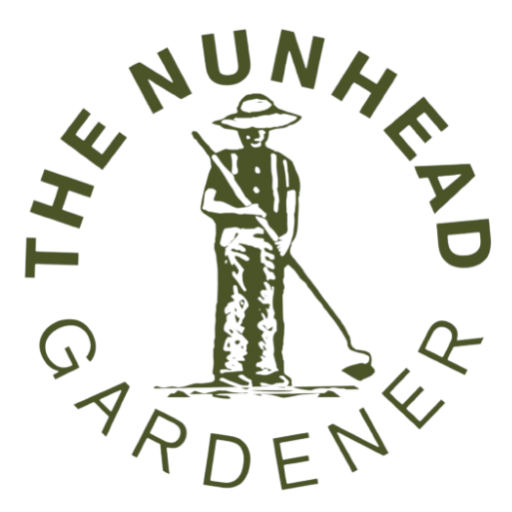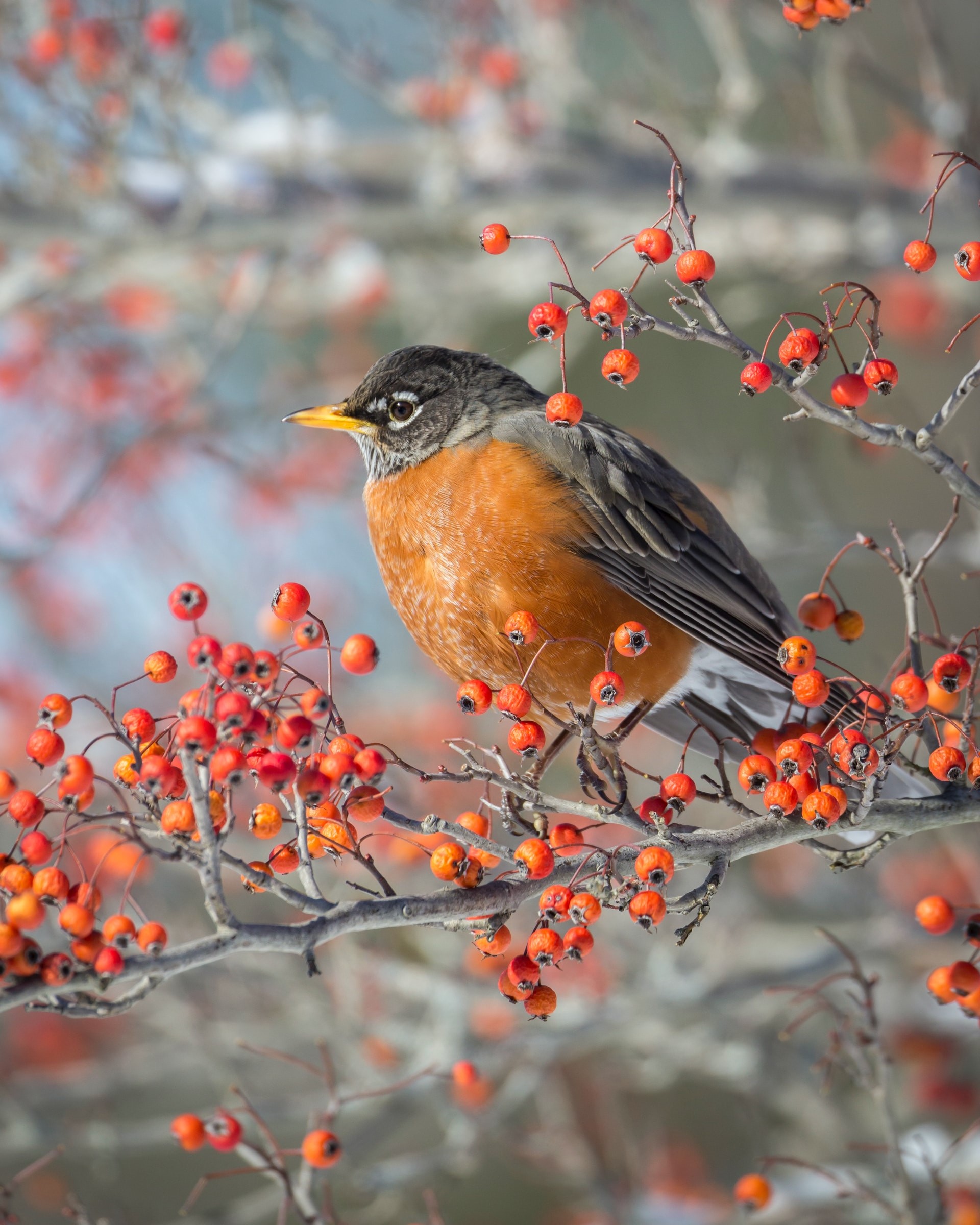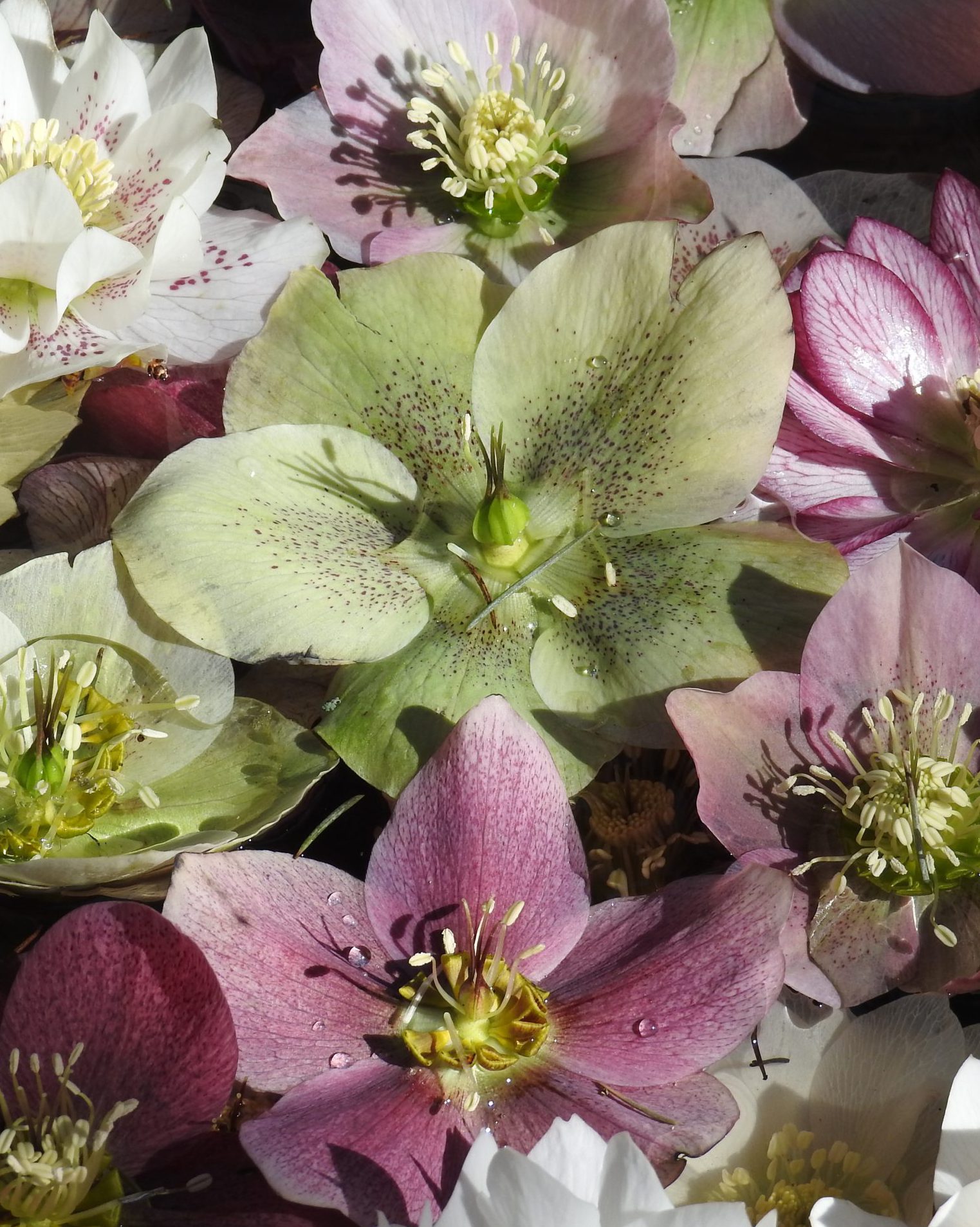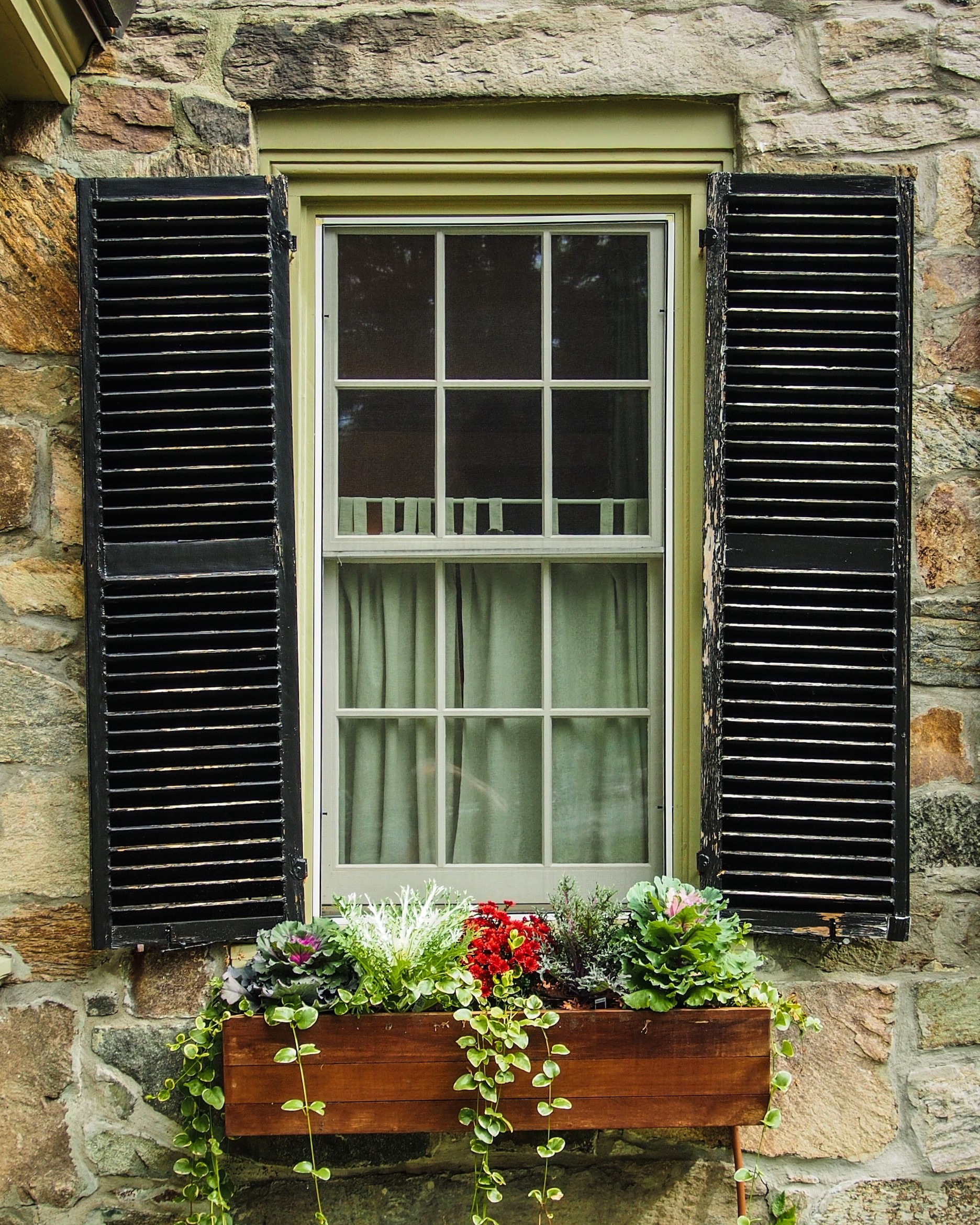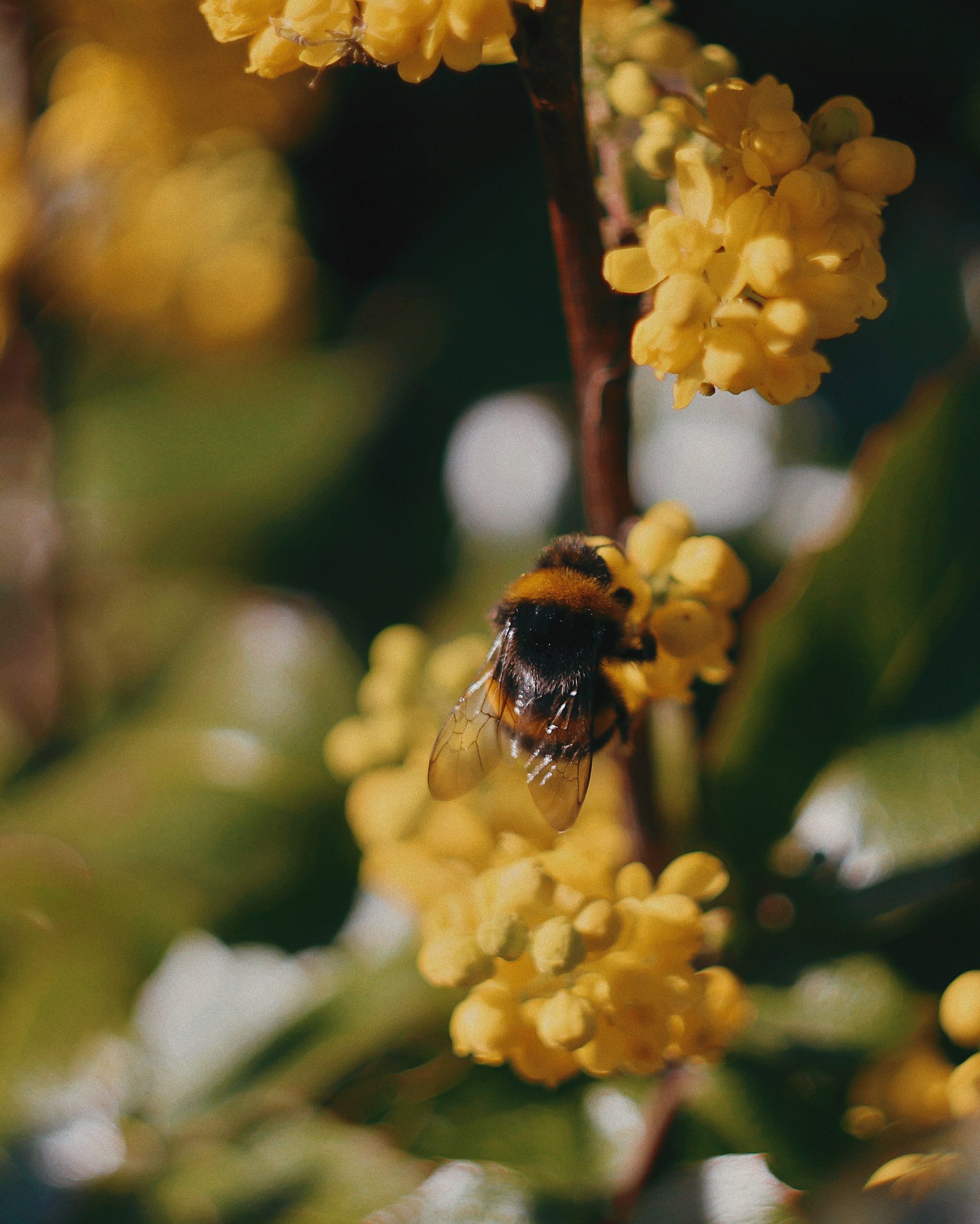
Eleanor Clarke
ENVIRONMENT
5 Plants for Winter Bee Food
The UK is home to around 250 different species of bee. While some have an annual lifecyle, plenty are active in winter too, either working throughout the year or overwintering to emerge hungry and in search of nectar in late winter or early spring. Plant these and you’ll make them very happy indeed.
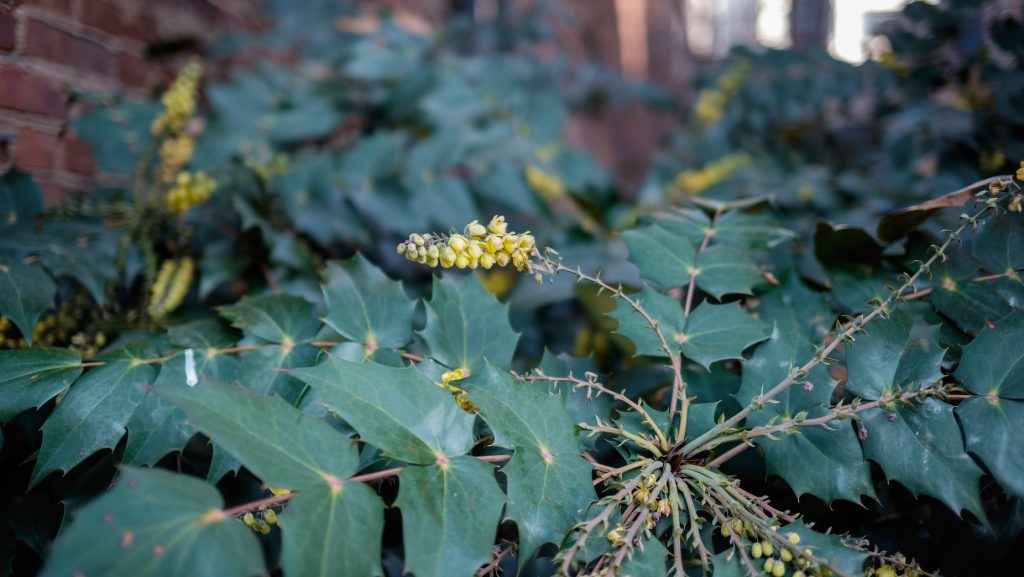
Mahonia
Spiky leaves, great in shade and one of the strongest, most intoxicating scented winter flowers around – in bright, in-your-face yellow. We can’t get enough of it..
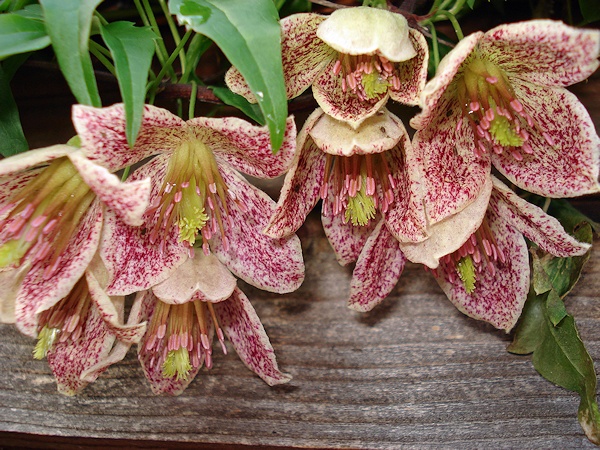
Winter-flowering clematis
Lovely climbers that don’t take up too much room and pretty with it. ‘Freckles’ has mottled pinky-white flowers in late winter, just the right time to catch queen bees emerging from their hibernation. Dinner is served, m’lady…
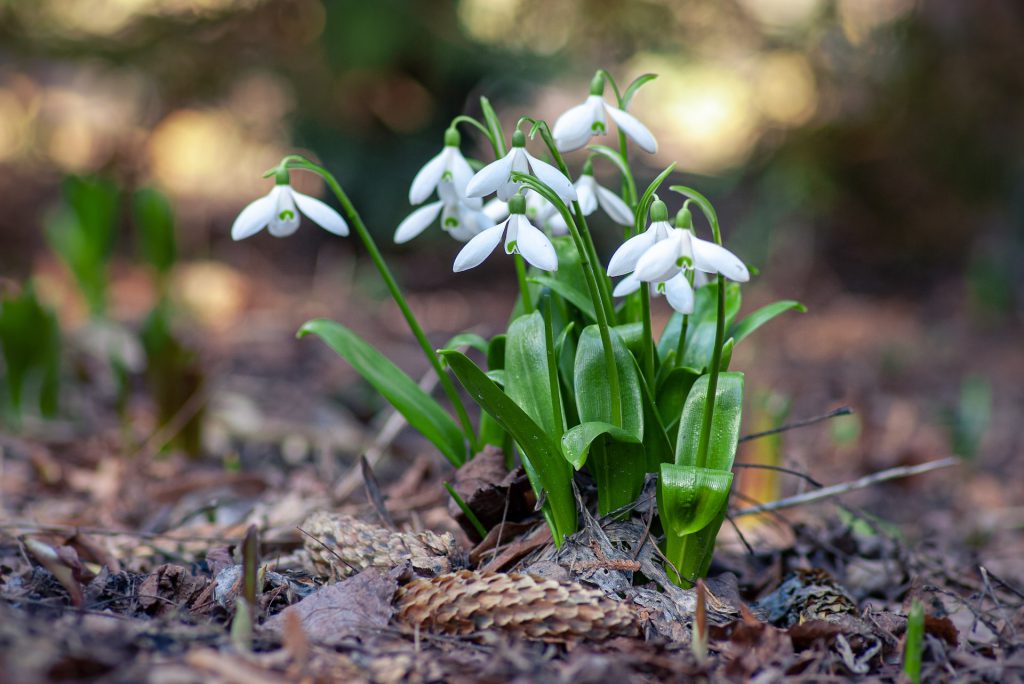
Snowdrops
Brilliant food source for overwintering honeybees, especially the large single-flowered varieties, which are easy access and full of nectar.
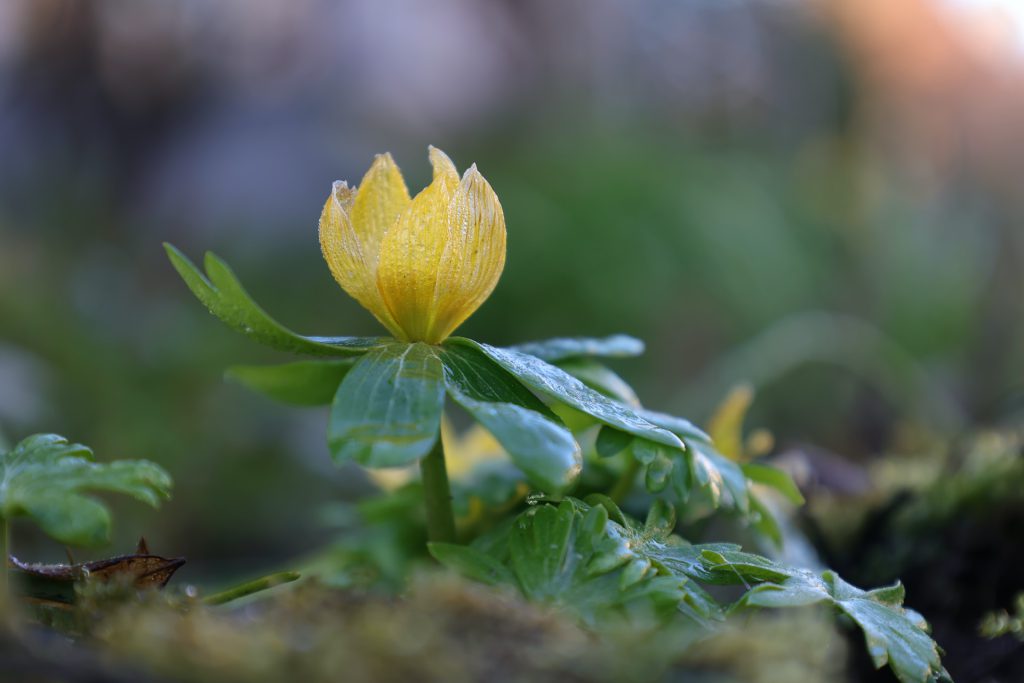
Aconites
You’ll know these from your winter woodland walks. They’re the little yellow star-like flowers on lush ruffs of green foliage. Often big carpets of gold under the trees. Fabulous.
Christmas box (aka Sarcococca)
Incredibly fragrant and a popular choice in London parks, this can literally stop you in your tracks if you catch its scent on a winter breeze. It’s an evergreen shrub that’s good-looking enough all year round, in a glossy, year-round backdrop kind of way. But in January it erupts with these tiny but potent white flowers.
Read more:
ENVIRONMENT
PLANT OF THE MONTH
GARDEN DESIGN
Shop from this story:
